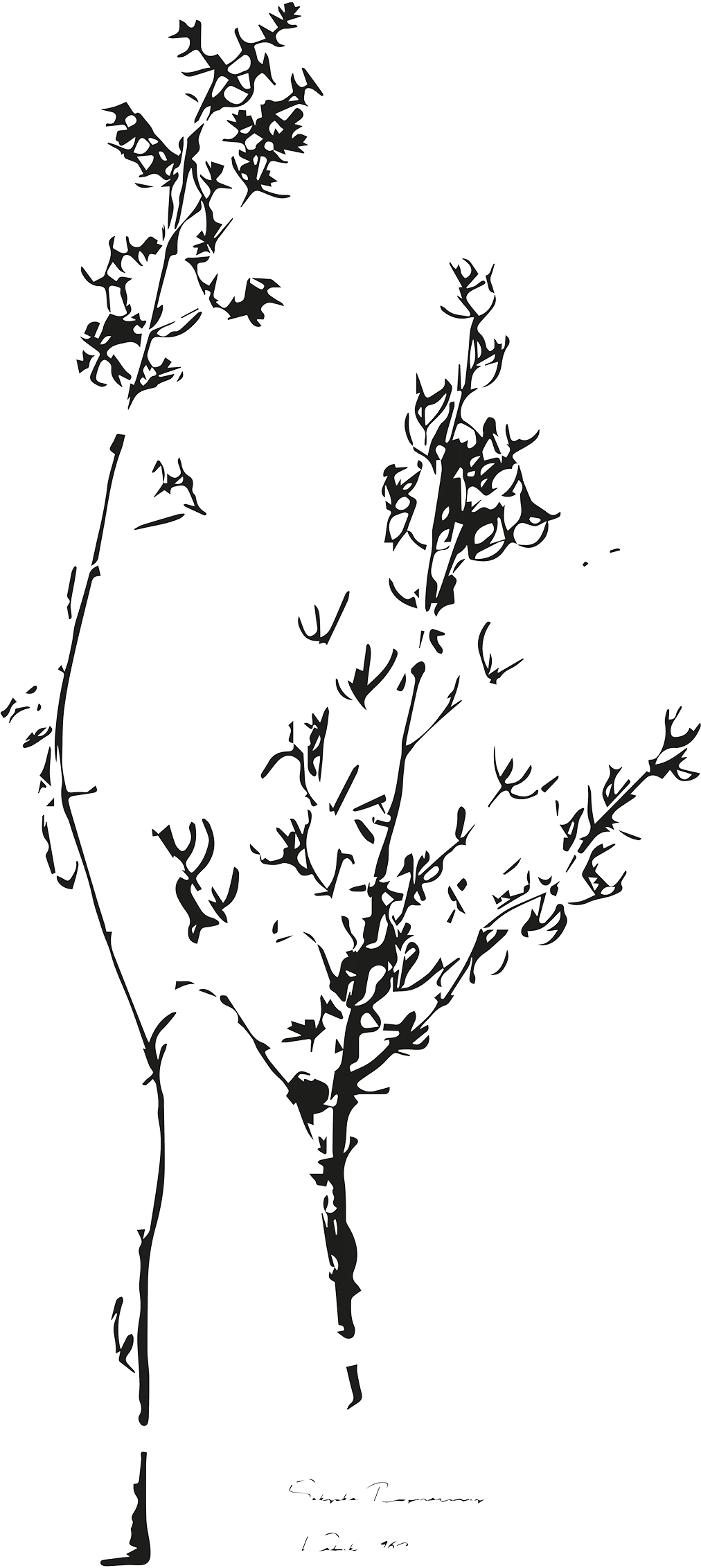Kandahar: The Second Home of Zoroastrianism | Shabnam Nasimi
Whenever Kandahar comes up in conversation — usually at some polished London event where everyone’s sipping something citrusy and pretending they’ve read more than a headline — the mood changes. Eyes narrow. Someone whispers “Taliban” like it’s a plot twist. You’d think the city sprang into existence in 1994, already armed and angry. Not a single soul knew it had once been a city of fire temples, Greek inscriptions, or Persian poetry.
But here’s the thing: Kandahar is older than most of the world’s capital cities. Older than the idea of Afghanistan itself.
It is not simply a city — it is an archive. It was the second home of Zoroastrianism. This was a city that lit sacred fires, spoke Greek, and debated philosophy — not a place where history began with a Kalashnikov.
So let’s set the record straight. Kandahar’s story didn’t begin with black flags and battle headlines. It began thousands of years earlier.

Zoroastrian priests from Arachosia (modern Kandahar) carrying various gifts and animals for ritual sacrifice at Persepolis.
The name Kandahar goes way back. One popular theory is that it comes from ‘Iskandar’ — the Persian name for Alexander the Great, who arrived in 330 BC and, as was his habit, named the city after himself: ‘Alexandria of Arachosia’. Over time, Iskandar morphed into Scandar, then Qandahar, and eventually Kandahar. So yes, the city is quite possibly named after a Macedonian king — not that the Taliban would ever bring that up in a press conference.
But there are other theories too. Some scholars link it to Gandhara, the ancient Indo-Iranian civilisation that once spanned parts of present-day Afghanistan and Pakistan. Others trace it to the Old Persian word ‘kand’, meaning “town” or “fort” — a term that shows up in other ancient city names across the region. There’s even a folk etymology claiming it’s the root of the word “candy”, because Kandahar has always been known for its sweet fruits: grapes, pomegranates, melons. A city so rich in sugar, it may have named dessert.
But Alexander didn’t build Kandahar from scratch. By the time he showed up, the city already had centuries under its belt — and probably rolled its eyes at the Macedonian and his makeover plans. Archaeologists have traced its roots back to 1000 BC, connected to the nearby Bronze Age site of Mundigak. Long before the Greeks, this was already a well-established hub.
By the 6th century BC, Kandahar had been folded into the Achaemenid Empire — the first Persian superpower — and served as an important eastern province. To the Greeks, it would later be known as Arachosia, but to the Persians, it was simply valuable: strategically placed, culturally rich, and bursting with life.
This was the era of Zoroastrianism. While Balkh is considered the birthplace of the faith, Kandahar was its second spiritual home — it was one of the earliest and most significant areas where Zoroastrianism spread and was institutionalised. In the surrounding mountains, the cult of Zun — a solar deity with roots in both Zoroastrian and early Hindu belief systems — held sway. Long before Buddhism and Islam arrived, Kandahar was already a city of fire, sun, and philosophy.
And the Greeks didn’t pack up and leave when Alexander died. Their language and influence lingered for generations. In the 3rd century BC, the Indian emperor Ashoka had his Buddhist edicts carved into Kandahari stone — written in elegant classical Greek, no less. One of these inscriptions, discovered in the 1960s at a site called Chilzina, is still there — carved into a rockface just outside the modern city, overlooking the Arghandab Valley.
Because back then, this region wasn’t a fringe outpost. It was global before “global” was a buzzword.

Alexander the Great talks to a maiden, in the temple of Qandahar. Painting from Iskandarnama (Book of Alexander).
After Alexander’s death (cue the usual chaos), Kandahar became the ancient world’s hottest property. First came the Seleucids — the Greek-Macedonian leftovers of his empire — who held on until 305 BC, when they struck one of the most surprising diplomatic bargains in ancient history. Seleucus I, short on elephants but long on ambition, traded the entire region to the Indian emperor Chandragupta Maurya in exchange for 500 of the majestic beasts. War elephants, it turns out, were the tanks of the ancient world — and this deal helped Chandragupta build one of the greatest empires India had ever seen.
Under Mauryan rule, Buddhism flourished in the region. Hilltop monasteries began to appear, inscriptions multiplied, and Kandahar found itself at the centre of something quite rare — a three-way cultural fusion between Indian, Persian, and Greek traditions. This wasn’t just coexistence; it was collaboration. Artists in the region gave birth to what we now call Gandhara art: serene Buddhas with Hellenistic curls, togas straight out of Athens, and that faint air of divine detachment that still captivates visitors in museum galleries from Tokyo to the British Museum.

Bodhisattva Head, Gandhara Civilisation. Art Institute of Chicago.
Then came the Greco-Bactrians, then the Kushans — who really went all in on multiculturalism. Their coins featured Zoroastrian fire altars on one side and Greek deities on the other. In their courts, you might find a Buddhist monk, a Hindu priest, and a Zoroastrian fire-keeper all having a civilised debate over metaphysics — possibly while arguing about the best trade routes to Rome.
Kandahar wasn’t just a city. It was a grand experiment in pluralism — a crossroads where belief systems didn’t clash, they conversed.
By the 3rd century CE, the Sassanian Persians were back in charge. They brought bureaucracy, imperial pomp, and a firm hand on religion. Buddhism was still present — for a while — but Persian influence was firmly reasserted. Then, in the 7th century, came the Arab Caliphate, bringing Islam into the region.
But the shift didn’t happen overnight. Islam didn’t sweep through like a firestorm. It crept in through trade, treaties, and the subtle power of language and law. By the 9th century, under the Saffarids, Islam had become the dominant force, but Zoroastrian shrines and Buddhist relics didn’t disappear entirely — they simply faded into the margins of memory.
From then on, Kandahar became the city no empire could resist. The Ghaznavids took it. The Ghurids claimed it. The Mongols stormed through it. The Timurids rebuilt it. Each one left their mark — a new mosque, a different tax system, a fresh coat of conquest. But none could keep it forever. Kandahar has a habit of seducing conquerors and then outliving them.
By the 16th century, it became the diplomatic football of the Islamic world. The Mughals and the Safavids tossed it back and forth like two overgrown cousins fighting over an heirloom.
Babur grabbed it for the Mughals. Humayun, his son, traded it back to the Persians for a military favour. Then Akbar turned on the charm and brought it back — only for the Safavids to turn up with siege equipment. Repeat. Repeat again. It changed hands so often, I wouldn’t blame Kandahar if it developed an identity crisis.

The Surrender of Kandahar, a miniature painting from the Padshahnama depicting Persians surrendering keys to the city to Kilij Khan in 1638
But Kandahar wasn’t just geographically important — though sitting at the crossroads of Persia, Central Asia, and the Indian subcontinent certainly helped. It was also a prestige piece on the imperial chessboard. Whoever held Kandahar wasn’t just winning land — they were winning legitimacy.
Even the poets couldn’t resist. The celebrated Persian poet Saib Tabrizi (1592-1676 AD) wrote an entire ‘Qandahar-nama’ chronicling the city’s battles, betrayals, and shifting allegiances — a masterpiece of Persian literature. You know a city has gravitas when it inspires its own epic. Not just a poem, a whole genre.
By the early 1700s, another shift was underway — not through war, but movement. Pashtun tribes, an Indo-Iranian peoples, long rooted in the mountainous eastern and southern highlands of what is now Afghanistan and Pakistan, began to drift westward. It wasn’t an invasion. It was a slow, steady migration — shepherds, fighters, merchants — settling in fertile valleys, and gradually changing the region’s cultural makeup.
Two tribal confederations, in particular, would reshape the city’s future: the Ghilzai and the Abdali (later known as the Durrani).
In 1709, Mirwais Hotak of the Ghilzai tribe staged what we might today call a grassroots revolution. He assassinated the Safavid-appointed governor — a rather pompous Georgian named Gurgin Khan — rallied the local tribes, and declared Kandahar free from Persian rule.
His nephew, Mahmud Hotak, took things a step further — okay, several steps. In 1722, he led a force of Pashtun fighters all the way to Isfahan and toppled the Safavid dynasty itself. For a brief and bewildering chapter in Persian history, an Afghan ruled the Peacock Throne.
But Kandahar’s destiny wasn’t done shifting. In 1747, a young Abdali commander named Ahmad Khan — born in Herat but raised in Kandahar — was crowned king inside the city’s most sacred site: the Shrine of the Cloak of the Prophet. He took the name Ahmad Shah Durrani, and in doing so, founded the Durrani Empire.
This wasn’t just a coronation. It was the beginning of something bigger — the slow stitching together of a state that would eventually be called Afghanistan. And it was from Kandahar that the map would begin to take shape — with, it must be said, considerable “cartographic mapping” from the British a century later.

Kandahar Citadel in Old Kandahar, founded probably at some time in the Iron Age - British archaeological excavations 1976-1978.
I mentioned Kandahar to a colleague recently — just in passing, over coffee — and without missing a beat, he replied: “Isn’t that the capital of the Taliban?” I blinked.
He sipped. And I thought: how does a city with 3,000 years of history get flattened into a footnote from 1994, when the Taliban emerged as a faction in Afghanistan’s Civil War?
This is a city that once issued edicts in Greek, traded with Rome, and helped spread Buddhism to China. A city whose name may echo Alexander the Great, whose stones remember the footsteps of Ashoka, and whose crown helped birth a nation. It’s been Persian, Zoroastrian, Buddhist, Hindu, and Muslim — long before it was ever dressed up in headlines as "the heartland of terror."
Kandahar doesn’t need reinvention. It needs reintroduction.
If you listen closely — past the noise, past the war — you’ll still hear the murmur of fire temples, poetry, and empires in its dust.
Let’s not confuse silence for erasure. Kandahar hasn’t disappeared. It’s just waiting to be remembered properly.
-
Shabnam Nasimi is the co-founder of FAWN (Friends of Afghan Women Network). She served as a senior policy advisor to the UK Minister for Refugees and Minister for Afghan Resettlement. She is a writer, commentator and a human rights advocate.






